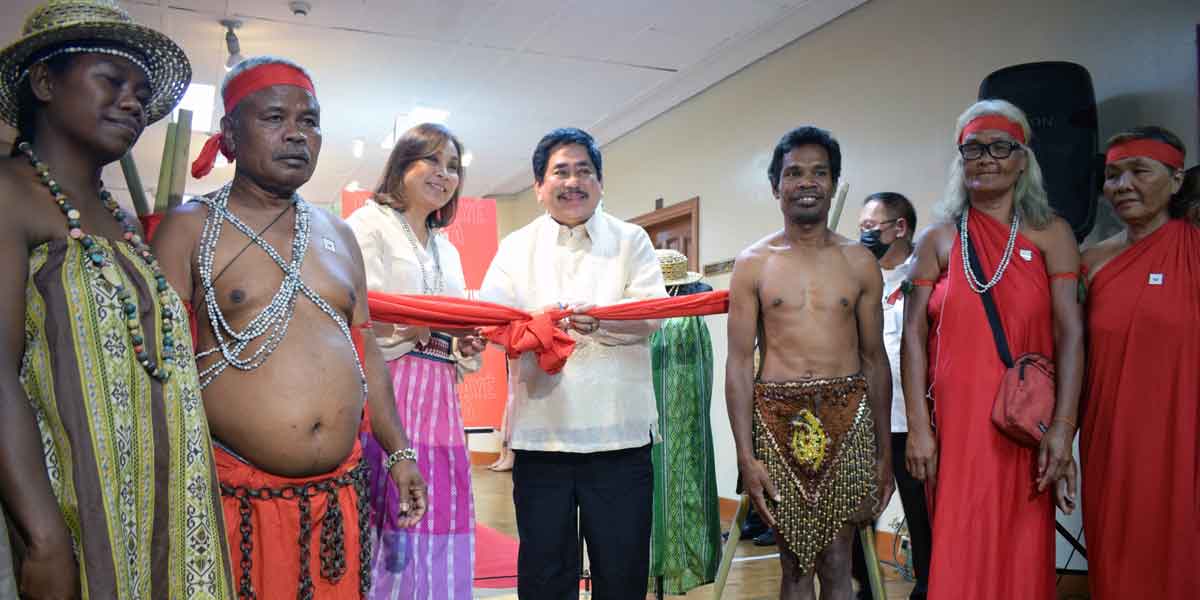
By Teresa May Bandiola
It’s no secret that the COVID-19 pandemic sparked the rush of counterfeit or fake medicines, especially those over-the-counter (OTC).
OTC medicines are those sold without prescription or “reseta” and are used by the general public for common conditions like pain and fever. As COVID-19 cases continue globally, so are the counterfeiters who are taking advantage of the growing demands in the market.
The Philippine Food and Drug Administration (FDA) will be celebrating the National Consciousness Week Against Counterfeit Medicines (NCWACM) this year from November 16 to 20 with the theme, “Sa Gitna ng Pandemya, Magtulungan Laban sa Pekeng Medisina.”
The goal of the celebration is to raise more awareness that counterfeit medicines still flourish especially in this difficult time of health crisis. The celebration also aims to relay the continuous efforts of FDA’s partners in combating counterfeit medicines.
Counterfeit drugs, as defined in Republic Act 8203 otherwise known as Special Law on Counterfeit Drugs, are products with the wrong or contaminated ingredients, with the correct ingredients but not in their required amounts, or without the active ingredients resulting in decreased drug safety, efficacy, quality, strength or purity. Counterfeit medicines can also be defined as mislabeled or with fake packaging, and can apply to both generic and branded products. In addition, these drugs are not registered with the FDA and did not go through validation and standard tests to confirm their quality, safety, and efficacy. Selling or offering for sale of such is a violation of R.A. 8203 and FDA Act of 2009. It is also against intellectual property.
The rampant growth of counterfeit drugs is a global problem, targeting mostly developing countries with limited access to quality and safe medical products, weak governance, and poor technical capacity. The counterfeiters simply exploit the good and established reputation of products and their manufacturers.
Fake medicines have always been a problem in the Philippines. A reason behind this is our geographical proximity to leading fraudulent manufacturers such as China, Pakistan, and India. Aside from that, online selling facilitates easier accessibility, affordability, and anonymity for both consumers and suppliers. Unfortunately, corruption may also be a factor. Counterfeiters may target our sitting or former government officials or their network contacts, including pharmaceutical firm executives, thus, providing detailed information that take advantage of the nation’s vulnerability.
Among the wide-spread counterfeit drugs is paracetamol. In the country, it is famously seen in huge advertisements and it is commonly used for pain or fever. Although some health authorities argue on the use of paracetamol in this COVID-19 pandemic, many experts around the world recommend the use of fever-lowering over-the-counter medicines to cope with COVID-19 symptoms.
In addition, antibiotics are also the target of counterfeiters. Fake antibiotics could threaten the control of infectious diseases at the national, regional, and global levels. They also contribute to antibiotic resistance, which is currently a global health concern with the threat that we are running out of effective antibiotics because of their misuse or abuse.
There are many ways to identify an authentic drug from fake. The physical signs serve as the quickest markers. These include the color, size, weight, and design of both the drug and its packaging. It is also essential to examine the appearance of the foil and other parts of the packaging such as logo, lot/batch number, expiration date, and security features such as a hologram. It is preferable that the product in question be compared side by side with the authentic medicine rather than relying on memory. Also, check for any misspelling or questionable directions, especially in the leaflet, and if the manufacturer’s address is traceable. Additionally, counterfeit drugs have a strange smell or taste, and they crack or break easily. When the counterfeit drug is already taken, a feeling that something is wrong may occur, such as an unexpected reaction.
It is advisable to buy medications from establishments with a license to operate from the FDA. Think twice if the price is lower than usual, especially those found online or in the black market. When in doubt with the drug authenticity, don’t take the risk! Ask doctors and pharmacists for professional opinion, and more importantly, alert the government authorities!
***
Teresa May Bandiola is a licensed pharmacist, a published writer, and a university instructor. She can be reached at bandiolateresamayb@gmail.com.
























